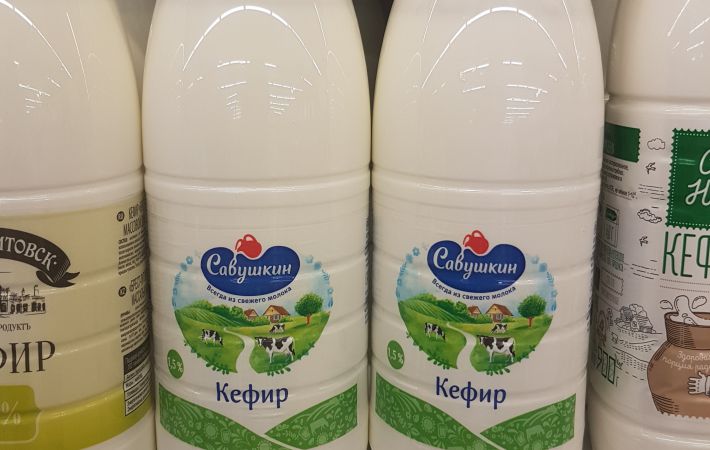Kefir, the beneficial properties of which have long been studied by numerous specialists in the field of medicine and healthy nutrition, is a favorite drink even for those people who do not like milk.
Based on their observations and scientific work, scientists provide countless arguments in favor of kefir.
However, along with its beneficial properties, kefir also has contraindications, so it is not recommended to consume it without measure and for absolutely everyone.
Kefir useful - properties
The beneficial properties of this drink are due to the rich content of amino acids, minerals and vitamins. Plus, their absorption occurs much better and faster than when drinking milk.
Thanks to this, kefir has a healing effect on the human digestive system and all its organs.

Kefir normalizes the microflora of the stomach and intestines and prevents the development of bacterial and infectious diseases.
That is why kefir is first on the list of products for people who have suffered from dysbacteriosis or have been taking antibiotics for a long time.
How to make kefir
Yes, it’s all quite simple – here are a couple of recipes:
Homemade kefir.
There are two main ways to make kefir at home.
The result of the first method is a highly acidic, liquid and quite spicy product.
The result of the second method: a drink with a denser composition, the taste is reminiscent of store-bought kefir.
The dishes must be clean and even scalded with boiling water, because they will be used not only for making kefir, but also for washing kefir grains.
The first way
1 tablespoon of pre-washed mushrooms should be placed in a 1.5 liter glass container (preferably a bottle) and filled with milk cooled after boiling (20-22C). The container, covered with paper and tied with a thread on top, should be left for a day, shaking periodically (the temperature should be 20C).
The finished kefir should be strained into a clean pan through a colander or sieve. The same actions can be performed with the remaining mushrooms daily for quite a long time, thus using them for fermenting milk.
The second way
Pre-washed mushrooms should also be placed in a sterile vessel and poured with 100-200 ml of cooled (20-22C) milk. Also cover with paper and tie with a thread, then leave to curdle at a temperature of 18-20C. Then mix everything with a sterile spoon and, filtering through a colander or sieve, clean from kefir mushrooms. The resulting starter will then be used to create kefir.
For 3-4 teaspoons of contents - 0.5 l of cooled (previously boiled) milk. The milk is fermented, then left to curdle at a temperature of 20C, and then cooled to 8-10C. The remaining fungi are again prepared for a new starter. But if it is no longer needed, then it should be taken into account that kefir fungi in fermented milk are stored for 2-3 days and they should be stirred twice a day to avoid mold.
One-day kefir will be ready after cooling. Two-day kefir is kept at a temperature of 8-10C, and three-day kefir is left for two or three days.
As in the first method, in the second method the mushrooms need to be washed a couple of times a week.
Mushrooms are enough 25-30 g per 0.5 l, they should not be taken. A certain amount should be periodically separated from the total mass. If a white film appears on the mushrooms, they should be rinsed well with water. They are stored for five days after they were produced, at a low temperature.
Previously we talked about preparing delicious cauliflower .









